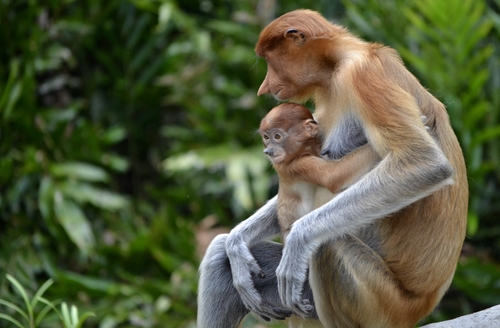Just as we wouldn’t ask a great chef what kind of pots and pans he uses, we wouldn’t necessarily imply that the skill of a great photographer is totally dependent upon his camera. And yet, whether a chef or photographer or something else entirely, the assistance of a great tool can mean truly wonderful results. That’s why we put together a list of the 15 best cameras for wildlife photography — to help photographers figure out which tool might combine with their skillset and preferred subject matter to create a powerful and/or sellable image.
As anyone who has spent time in the wild knows, photographing animals comes with its own set of special challenges. If you’re lucky enough to see an animal in the first place, the window of time in which that animal is available to photograph might be extremely short — an elusive leopard or a flighty horse come to mind. To capture the perfect shot, you must also experience the right light, angle, focus, and a whole list of other challenging conditions. We kept all of these necessary conditions in mind as we put together this list. We based our selection on the following camera characteristics, each of which is especially important when it comes to shooting wildlife.
Autofocus: Animals, especially those in the wild, move quickly, and a camera’s ability to autofocus quickly and accurately could mean the difference between a great shot and a missed shot. While it’s true that a photographer’s choice of lens also has a lot to do with autofocus, we chose our best cameras for wildlife photography based on each camera’s number of autofocus points and its corresponding autofocus speed and accuracy.
Frames per Second: Fast continuous capture rates are important when photographing moving wildlife, such as a cheetah or racehorse. Each camera on our list is capable of more frames per second than other cameras on the market, ensuring that a wildlife photographer has the best possible chance of photographing just the right expression or position.
ISO Range: The ability to shoot quality photographs with low ISOs is an absolute must for any wildlife photographer, as most wild animals are active in the very early morning or around dusk. The cameras that made our list all boast wide ISO ranges to that a photographer won’t need to compromise image quality in order to get that perfect shot.
Comfort: Waiting for the perfect moment can often be a long process, so we’ve also factored in each camera’s user friendliness. These cameras are comfortable enough to hold and/or transport for potentially long amounts of time.
Nikon D5
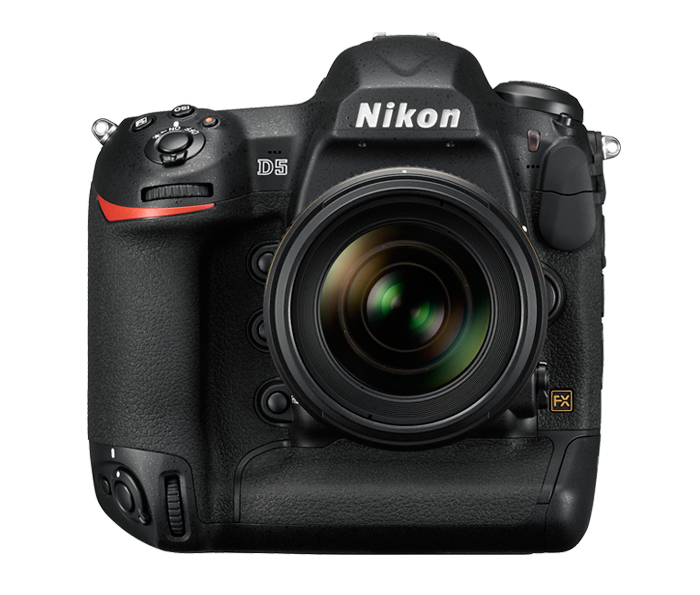
$6,499
With an amazing 153 autofocus points and the ability to capture up to 14 frames per second, the extremely fast and accurate Nikon D5 is our pick for the very best DSLR for wildlife photography. Besides that amazing autofocus, perhaps the most notable of the D5’s features is the absolutely incredible ISO range of 100-102,400 (or 3,280,000 expanded)! With a range like that, obtaining quality photographs in even very low light is possible. And for those wildlife photographers who also shoot video, the Nikon D5 is capable of 4K video at 30 frames per second. Finally, the D5 boasts what might just be the longest battery life on the market. Rated for 3780 shots, you won’t have to worry about missing that epic wild moment because your camera’s battery is low.
Canon EOS-1D X Mark II
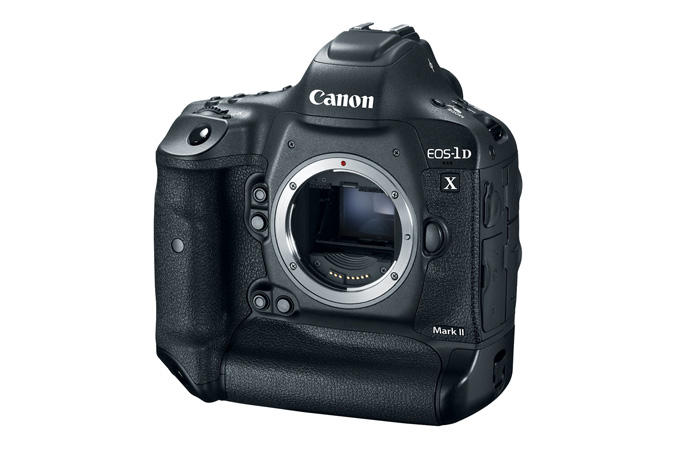
$5,999
The EOS-1D X Mark II, one of Canon’s newest professional models, might just be the fastest DSLR camera on the market. It’s capable of capturing up to 16 frames per second (in live view), making it an ideal choice for those who often shoot in the wild. Sixty-one autofocus points, an ISO range of 100-51,200, and a max burst of 170 RAW images also contribute to this camera’s ability to capture top-notch wildlife photos.
Nikon D500
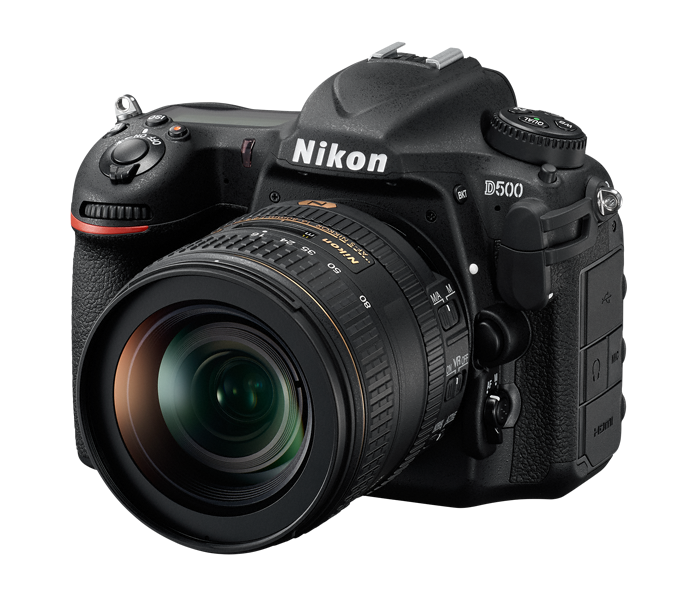
$1,799
Although not quite as fast as the D5, the Nikon D500 is a quality camera worthy of its spot on our list of the best DSLR cameras for wildlife photography. The D500’s max speed is 10 frames per second, and it’s capable of shooting up to 200 frames in a single burst. Additionally, its ISO range is an impressive 100-51,200 (or 1,640,000 expanded). It also boasts 153 autofocus points, the same as the D5. With such impressive features, it’s no wonder the Nikon D500 is a popular choice for wildlife photographers, and especially for those who enjoy capturing birds in flight.
Nikon D850
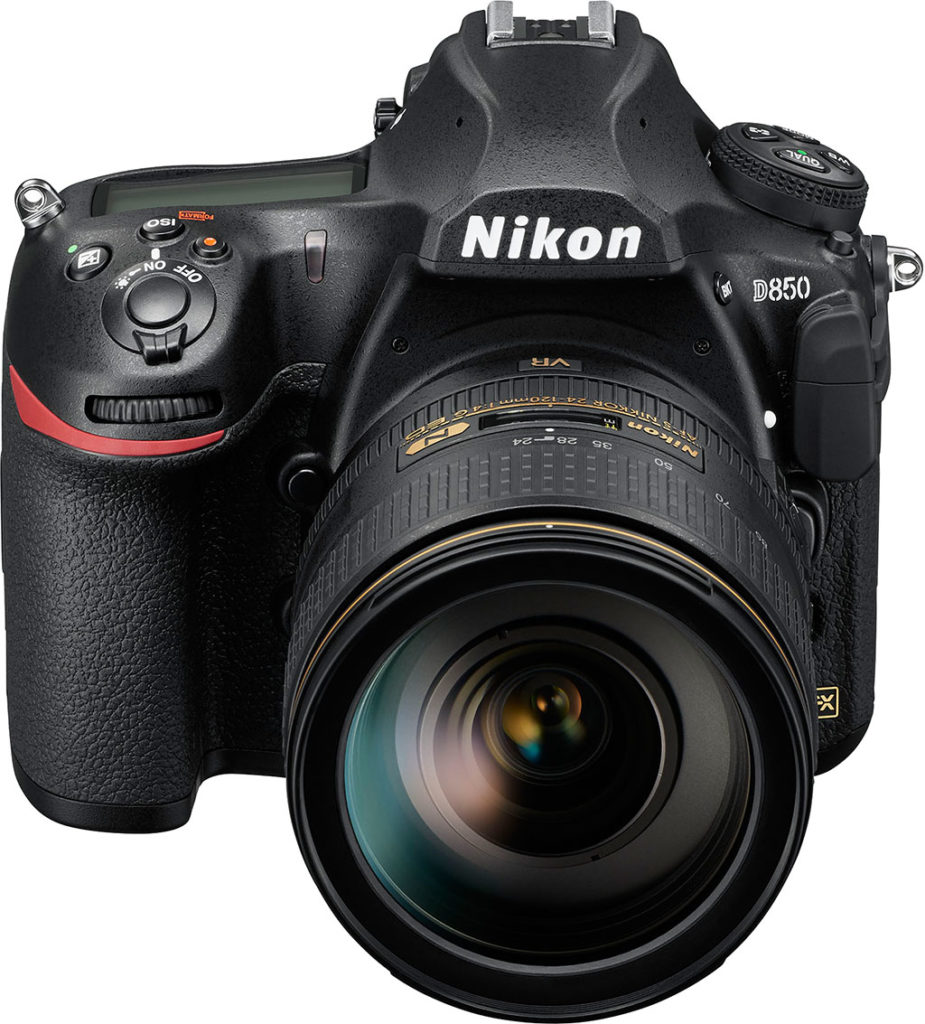
$3,299
Thanks to features like an astounding autofocus, there are some wildlife photographers out there who insist the Nikon D850 is better than both the D500 and the D5. We’re not sure we’re ready to go that far, but we will admit that the D850 is a great choice. Though high megapixels aren’t necessarily the most important feature of a good wildlife camera, the 45.7-megapixel sensor on the D850 really only adds to the camera’s appeal. It can shoot up to nine frames per second, and is just as fantastic for continuous shooting as the aforementioned Nikon models. It also boasts an ISO range of 64-25,600 (or 102,400 expanded), which is perhaps the lowest base ISO of any DSLR on the market. Finally, it’s worth mentioning that the D850 is the first Nikon to feature a back-side illuminated full-frame sensor, which is said to add up to “amazing image quality, enhanced light gathering efficiency, faster data readout, and true color.”
Nikon D750
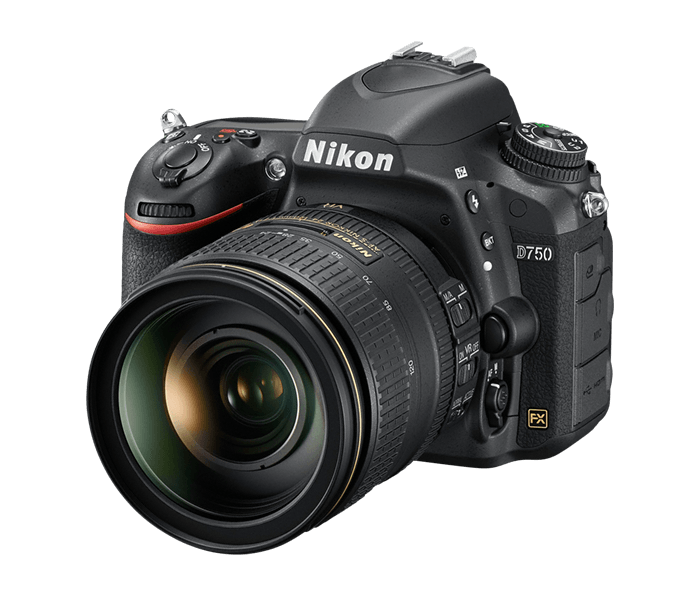
$1,499
Sturdy and dependable, the Nikon D750 is a fantastic choice of camera for any type of photography. With its 24-megapixel sensor, the D750 is capable of capturing 6.5 frames per second. This, combined with its multi-CAM 3500FX II autofocus sensor and 51-point autofocus system, makes photographing animals in motion and birds in flight much easier. Like most Nikons, the D750 also employs an impressive ISO range, so photographers won’t need to worry about losing image quality as the light fades. Finally, the Nikon D750 is extremely sturdy and well built for extensive outdoor use.
Canon 7D Mark II
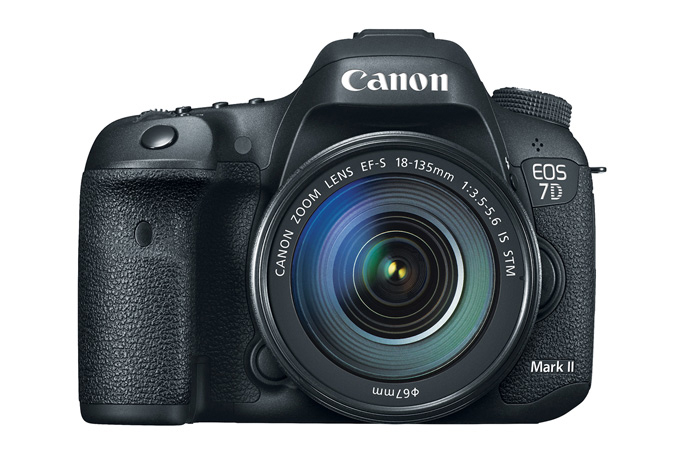
$1,799
It’s easy to see why the Canon 7D Mark II is such a popular camera amongst wildlife photographers. The camera is able to shoot at up to 10 frames per second and has an extensive ISO range (100-51,200 expanded), making it easy to stay focused on a moving target. It also boasts a phase-detection autofocus system with 65 autofocus points, all of which are cross-type. We also like that it’s a light camera, easy to handle and carry around. Finally, photographers working across various platforms will appreciate the camera’s better-than-average video capabilities. The Canon 7D can shoot full HD 1080p video at a whopping 60 frames per second.
Pentax K-3 II
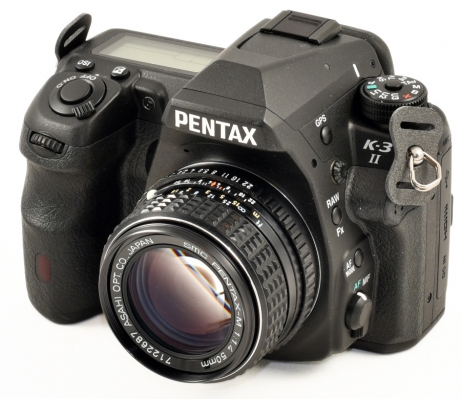
$840
One of two Pentaxes to make our list of the best cameras for wildlife photography, the K-3 II has a long list of specs that make this a fantastic camera to take out into the wild. The K-3 has 27 autofocus points, a whopping 25 of which are cross-type points. An extensive ISO range of 100-51,200, plus a built-in stabilization system, means you can depend upon this camera to maintain image quality even in low-light environments. It’s capable of capturing up to 8.3 frames per second, and a PRIME III image processor and selectable anti-aliasing filter help to ensure that every image is sharp. Finally, this camera — which retails for less than $1,000 — is easy to carry and sturdy with its 92 weather-sealing components.
Sony Alpha 77 II
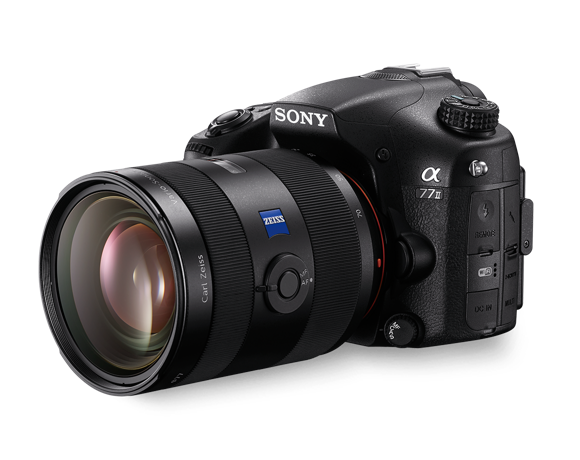
$1,199
The Alpha 77 II is easily Sony’s best camera for wildlife photography thanks to features like a fast capture rates and the unique Translucent Mirror Technology. The a77 boasts 79 autofocus points, plus the capability of capturing up to 12 frames per second (or 26 if shooting RAW). With an ISO range of 50-25,600, you can also be sure that the a77 takes excellent photos in all kinds of light. We especially like that this camera has an easy-to-use built-in Wi-Fi system, and that its buttons, controls, and openings are all equipped with a weather-proof seal. As an added bonus, those photographers who work across a variety of mediums will appreciate that full HD 1080p video recording is also possible.
Pentax K-1
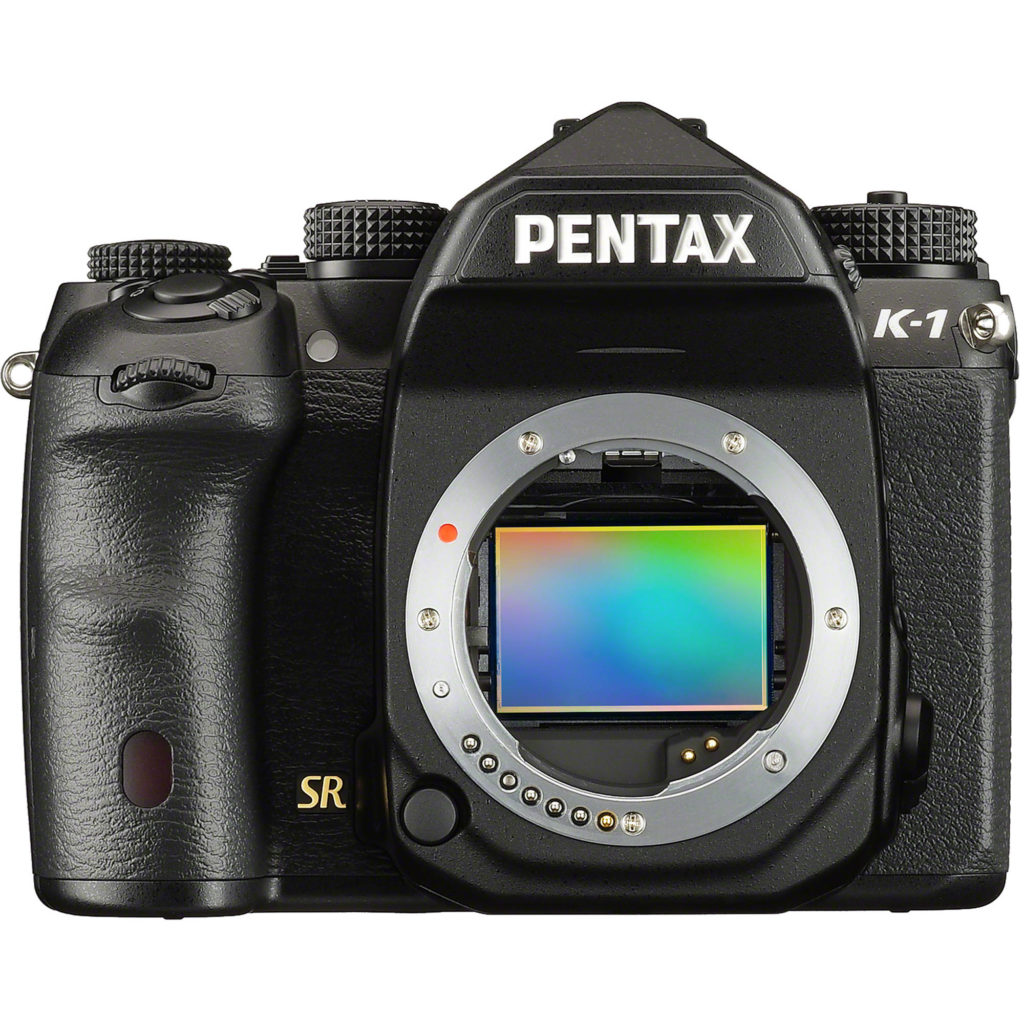
$1,896
The K-1 was Pentax’s first full-frame sensor camera designed specifically for outdoor photography, and we agree that it’s still one of the very best. Eighty-seven weather-sealing components make the K-1 rugged enough to take into the wild, while more and more compatible telephoto lenses become available for the Pentax every year. In terms of the camera’s main features, we especially like the built-in shake reduction, its 33-point autofocus system, and its ability to capture up to 6.5 frames per second.
Nikon D810
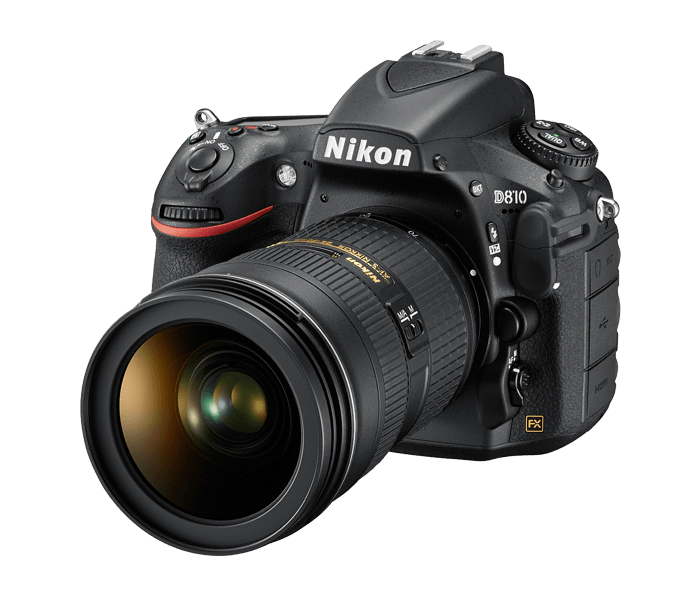
$2,799
We’d say this camera is a great choice for any type of wildlife photographer, but if you love to film marine wildlife, then there may be no better choice than the Nikon D810. The D810 boasts a 36.3 megapixel sensor, and doesn’t require a low-pass filter to capture highly detailed and colorful shots in low light. This is partly due to the extensive ISO range of 64-12,800. This camera is pretty heavy duty, but still manages to be user friendly and is safe to lug around in all kinds of conditions. Like all Nikons, the D810 is compatible with any Nikkor lens, though many wildlife photographers will use this camera paired with a fish-eye lens for high-quality close-focus or wide-angle photos.
Nikon D7200
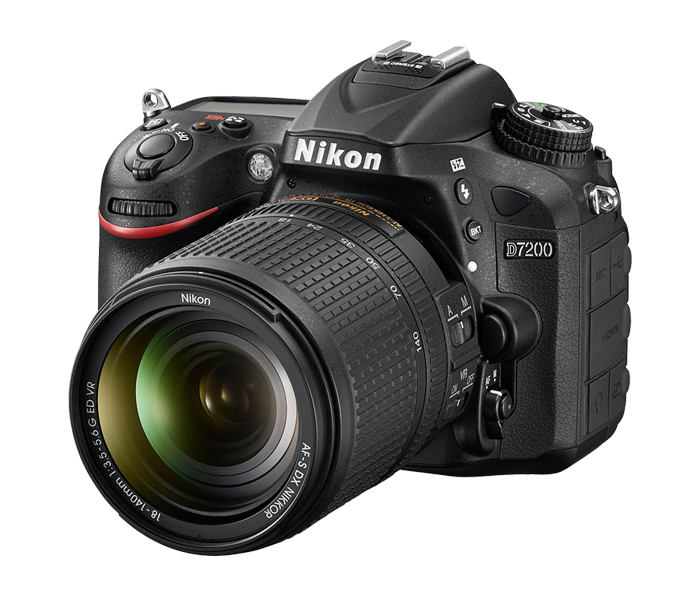
$999
Though professionals or those able to spend (much!) more money will likely find other cameras to like better, the Nikon D7200 is a great choice for the entry-level wildlife photographer. This camera boasts a 51-point autofocus system which, combined with the ability to capture six frames per second, helps to ensure quality images. The D7200 is even impressive while shooting in low light, thanks in part to an excellent ISO range of 100-25,600 (or 102,400 expanded). Though this particular Nikon’s body isn’t quite as rugged as some of the other Nikons we’ve listed (it’s made of plastic and magnesium), it’s extremely light and easy to carry. It also has the added benefits of dual memory card slots and a fantastic battery life.
Sony Alpha 99
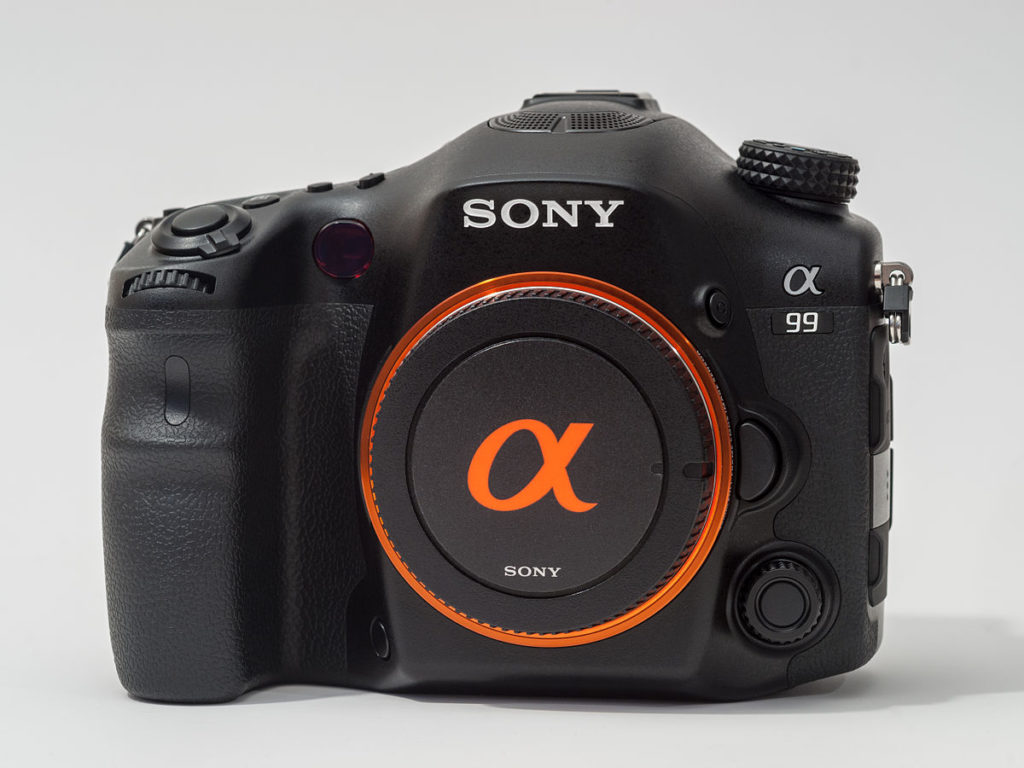
$1,999
The Sony Alpha 99 may not technically be a DSLR, but its outstanding specs and features make it a competitive choice when it comes to finding the best camera for wildlife photography. This camera uses Sony’s Translucent Mirror Technology, which passes light to the image sensor while reflecting a small amount to the autofocus system. This technology ensures that each shot is one of quality. The a99 has 19 autofocus points, is capable of capturing six full-resolution frames per second, and boasts an ISO range of 100-25,600 (102,400 expanded).
Canon EOS 5D Mark III
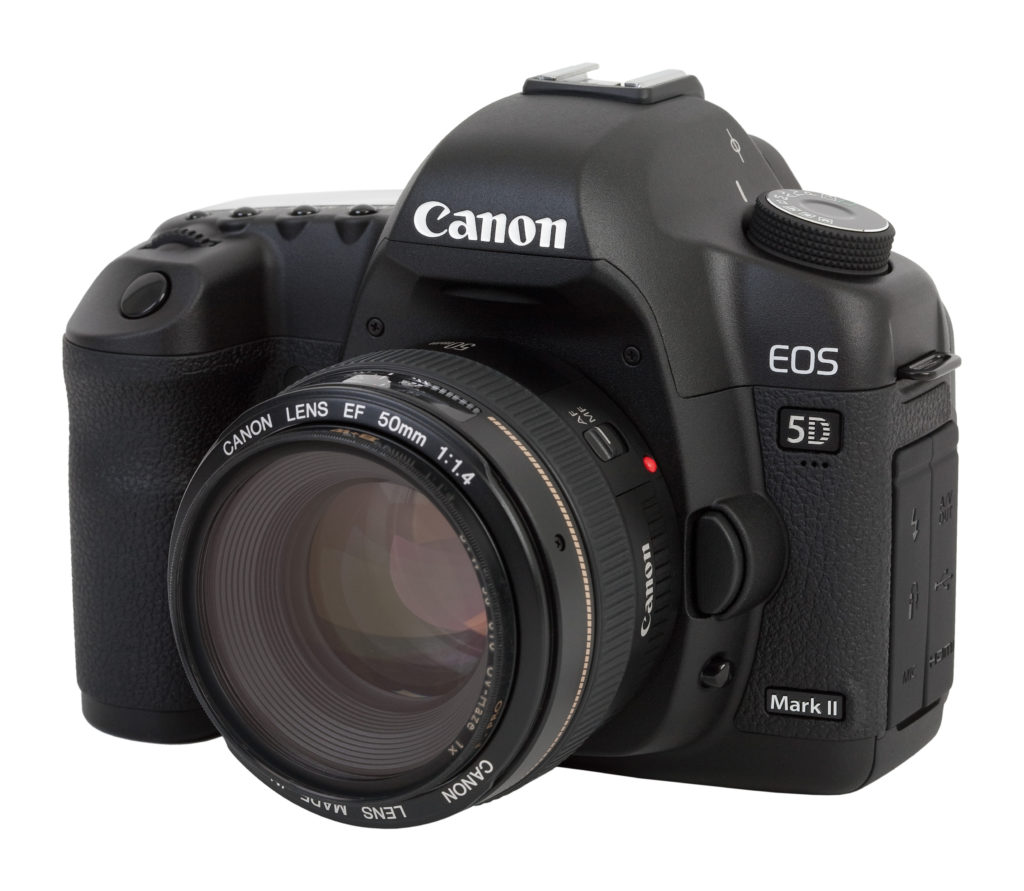
$2,799
The Canon 5D costs a bit more than the average Canon, but its extensive list of specs makes it an excellent choice for wildlife photography. The 5D employs a 30 megapixel sensor and is capable of capturing up to seven frames per second. Though the camera does not have an autofocus assist, it does have six “invisible assist autofocus points.” It’s also much easier to carry around than many other Canons, with a body similar to the more expensive Canon EOS 1D, though lacking the other’s environmental seals.
Canon EOS 80D
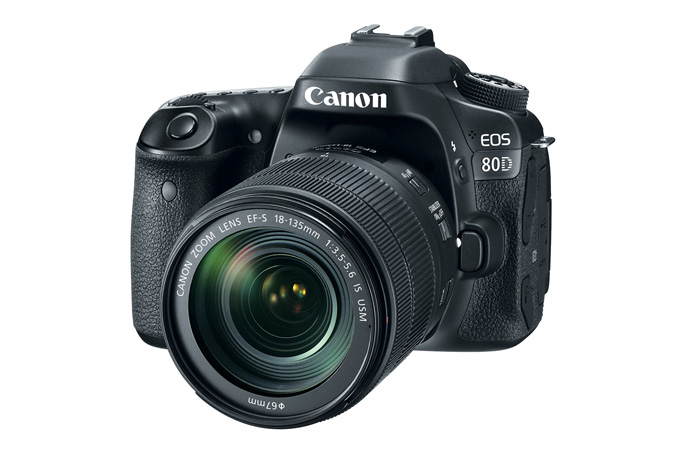
$1,199
The EOS 80D is another of Canon’s new professional models, though this one happens to be much more budget friendly. A 45-point autofocus system compatible with apertures as small as f/8 make shooting quick-moving wildlife easy with the 80D. Also beneficial is the camera’s expansive ISO range, which makes taking photographs in low-light situations hardly a problem.
Fujifilm X-T1
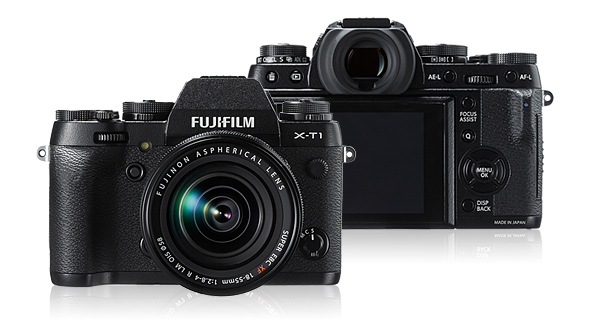
$649
The only Fujifilm camera to make our list of the best cameras for wildlife photography is the Fujifilm X-T1. Thanks to features like an excellent autofocus, this camera has become a popular choice for photographers across all genres. The camera itself is stunning, and we especially love that it’s available in both the traditional black and a sophisticated graphite silver. It’s also completely weather resistant, and works in temperatures as low as -10 degrees Celsius. Finally, the X-T1 captures high-quality images at a rate of up to 8 frames per second, while the “Multi Mode Viewfinder” boasts the highest viewfinder magnification ratio in the world.
By TVR Staff
January 2018

